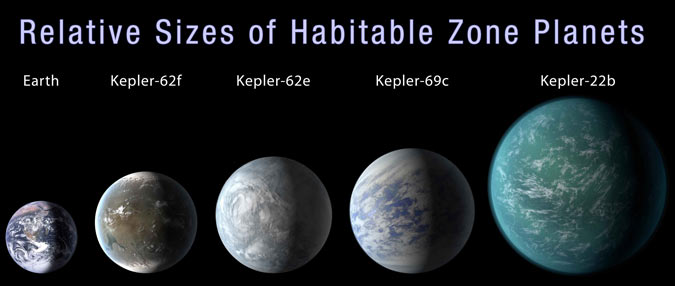The Artist's Impression: Extra-solar Planets

- In STEAM the 1st grade learned about how artists and scientists sometimes work together because the differences in their expertise and skill sets complement one another. This is especially evident when scientific study yields a lot of information about something that cannot be seen but is rather known through indirect evidence. The classic example is dinosaurs; all we have are fossil bones and footprints but what we think of most often are the artists' impressions (educated guesses) made by artists about what these creatures might have looked like in life. The burgeoining field of extra-solar planetology is another such area.
- Scientists have confirmed the existence of about two thousand "exoplanets" orbiting distant stars. We cannot see them but we can infer their size and even their composition from indirect evidence. Comparing tis information to the planets we can see (those in our own solar system) artists can make a good guess about what a planet might look like.
- To create their own impression of an exoplanet, students learned about the surface features we observe on large gaseous planets like Jupiter or Saturn and on smaller rocky planets like Mercury and Mars.
- They used a compass to draw a circular shape and colored on the surface features. These features gave an indication of their planet's "actual" size that had to agree with its relative size compared to a photograph of the Earth intended to show scale.

No comments:
Post a Comment